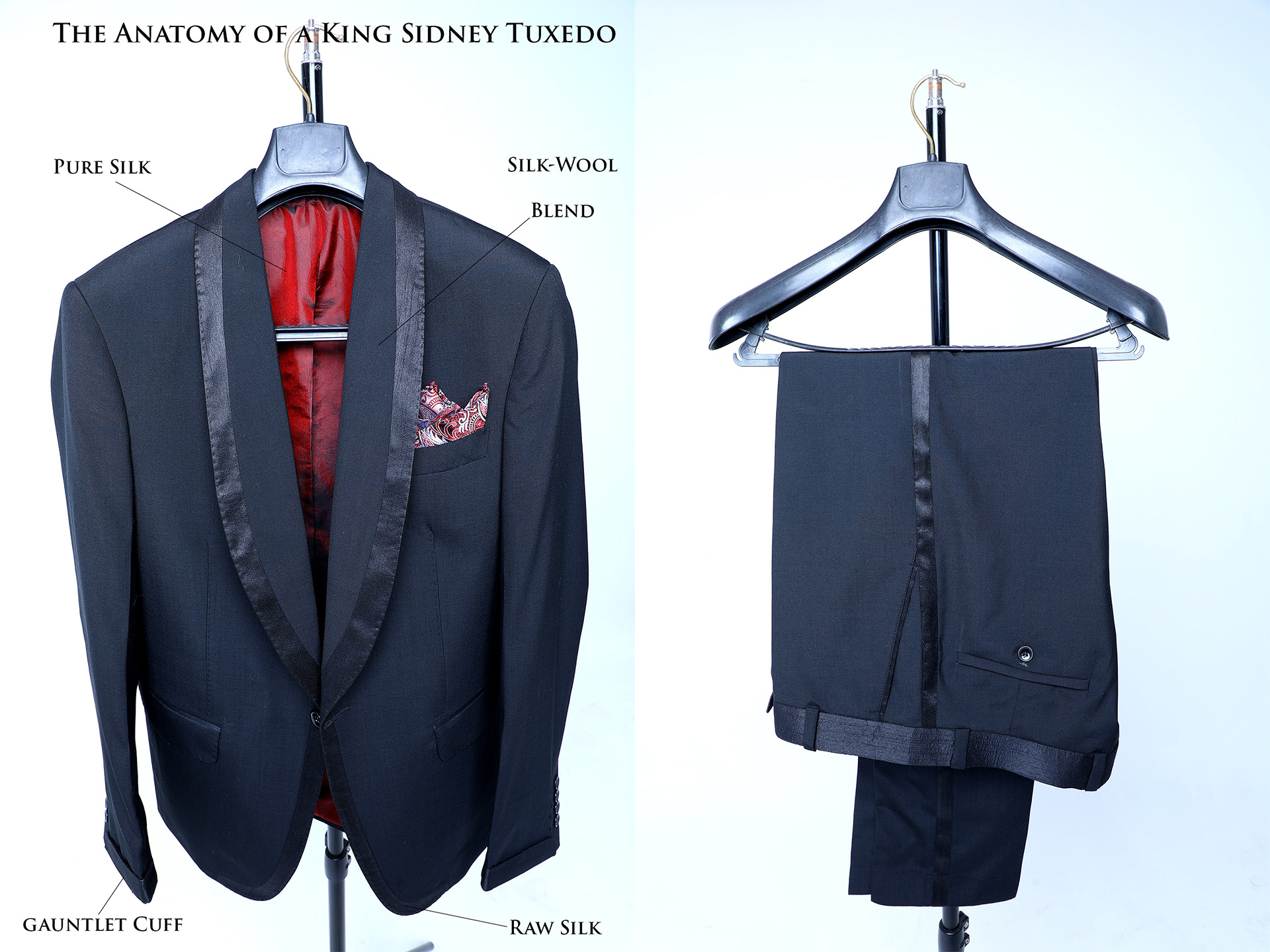King Sidney designer tuxedo suit details - Nairobi Kenya
The other day at the workshop one of my tailors inquired, “Peter, why do you put so many details into a King Sidney tuxedo? Is it a personal preference or is it something our customers ask for? Because my goodness, you have so many details in a single piece! I’m certain the client has no idea exactly how many details a single King Sidney tuxedo has.”
Now, I’m paraphrasing. He didn’t say it exactly like that. Tailors are not known for their crisp English.
That being said, he got me thinking. We put a lot of fine details into every King Sidney tuxedo. Details that will escape you if you’re not on the lookout for them. And some that will escape you even if you ARE on the lookout for them.
Today I thought we could go ahead and break down some of those details.
So that the next time you purchase a King Sidney tuxedo for between 400-600 dollars, you ensure that there were no shortcuts undertaken.
It’s essentially us guys holding ourselves accountable so to speak.
So without further ado, here’s the anatomy of a premium King Sidney tuxedo in Nairobi Kenya.
Silk Lining
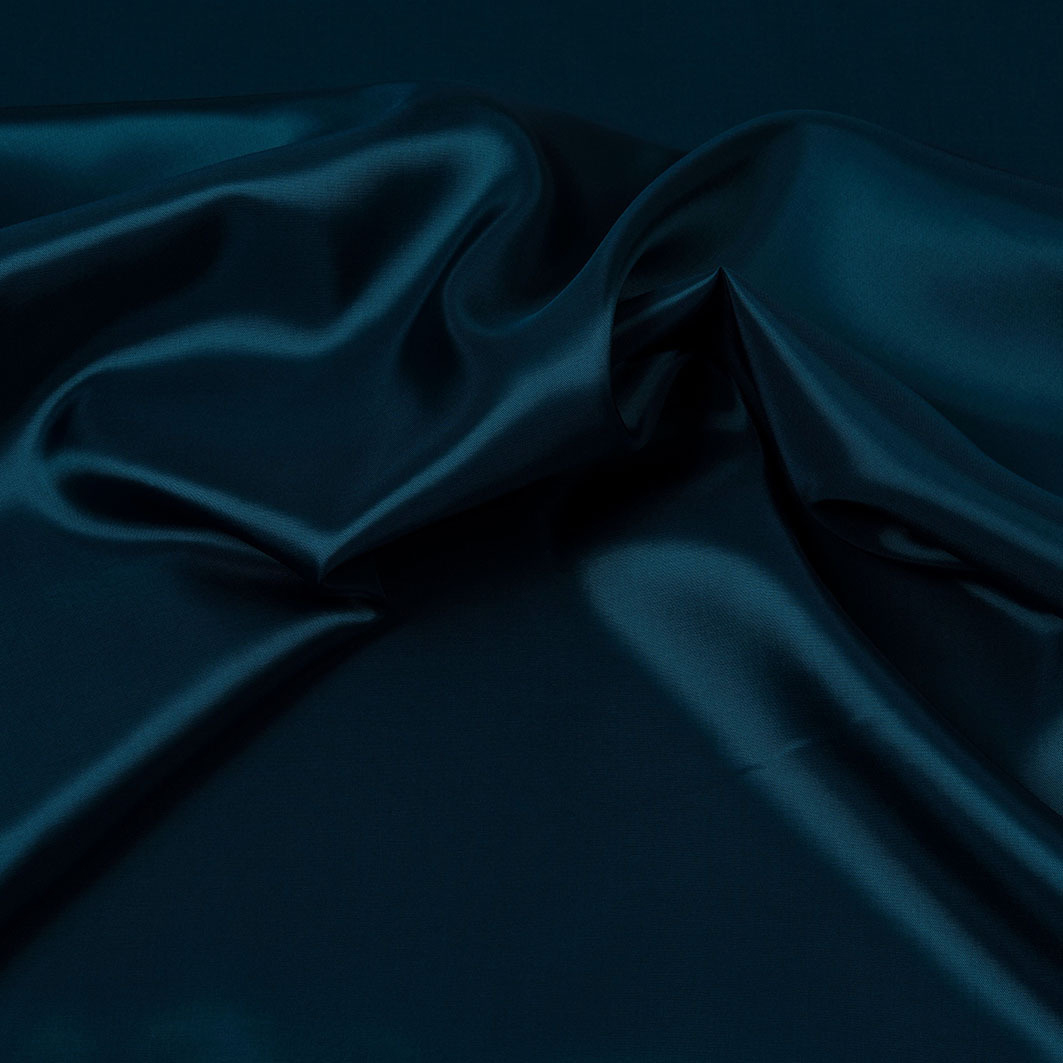
Let’s start from the inside out.
Actually, we won’t start on the real inside. Details such as full canvas construction are great for sounding fancy. However, that’s tailor talk that will put you to sleep.
For now, just realize that your King Sidney tuxedo is constructed with some of the highest quality methodologies out there. A methodology that would put some Italian tailors to shame.
Let’s start with the inside of the outside.
Linings come in a variety of fabrics. You have the cheapest option which is polyester.
That looks something like this.
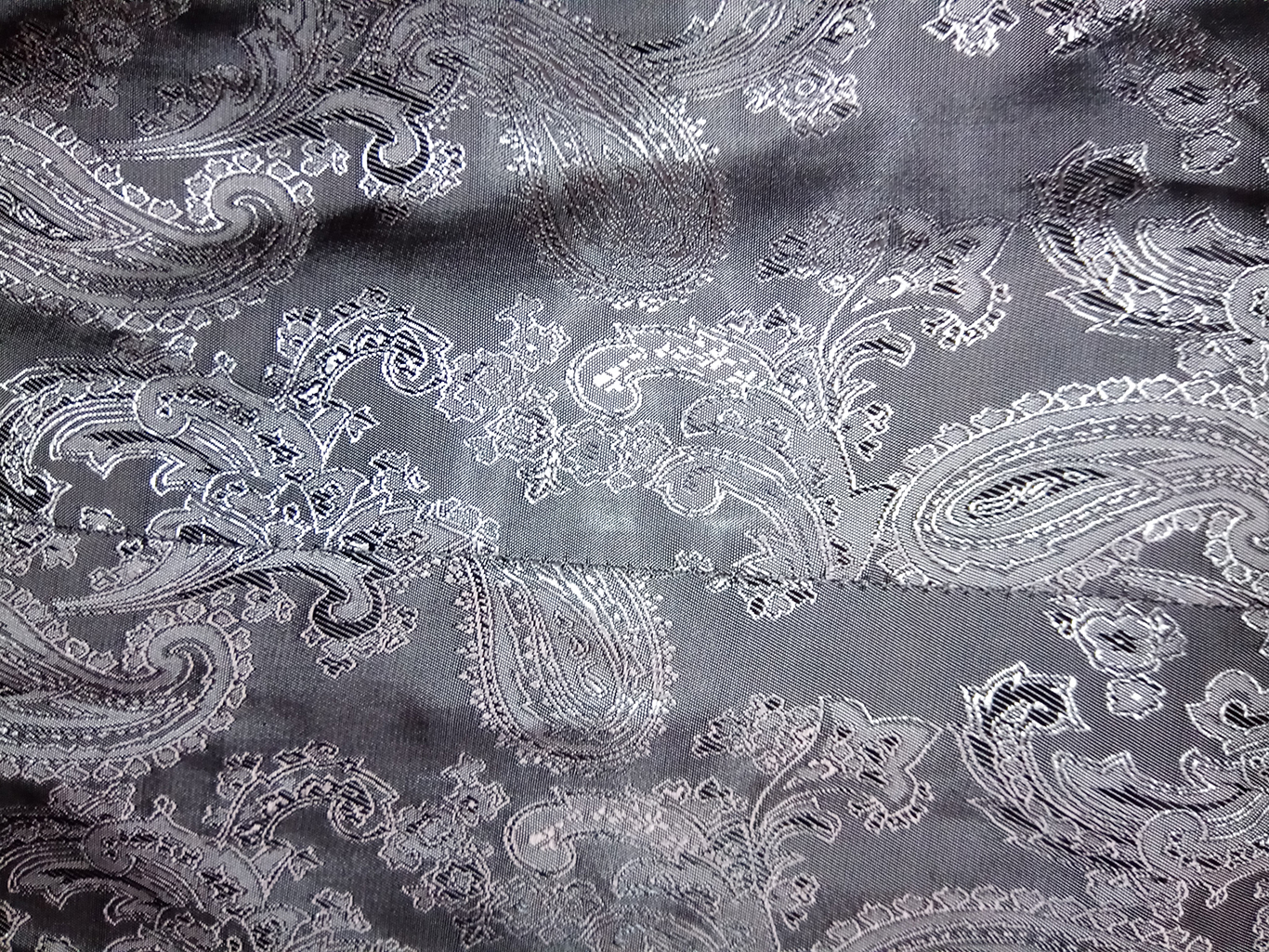
That is the fancier version of the polyester lining. Often it will tend to be quite plain.
The advantage of polyester is that it’s cheap. It will cut your jacket costs by quite a bit.
The disadvantage of polyester is that it’s cheap. It’s non-breathable so if you find yourself out in the sun with your jacket on you will sweat more than the character in Aesop’s fable about the wind and the sun.
So what we often tend to use (at least in our mid-budget and top-notch range) is the pure silk lining.
Silk has lots of advantages. It’s a breathable fabric and feels very comfortable to wear. It also looks exceptional. Depending on what fabric we use for the outer shell, tuxedos with silk lining can often end up looking better on the inside than they do on the outside.
On the other hand, as you may have guessed by now, pure silk has one major disadvantage. It’s bloody expensive.
Pick stitch detail
Pick stitching is the little hand stitch detail you often see on the edge of jackets. Pick stitching in and of itself is not particularly a big deal. But we like to do it everywhere we can on our tuxedos.
And when we say everywhere we mean EVERYWHERE.
Well. At least everywhere we can put it without the effect looking tacky. The edge. The darts. The pocket flaps. The sleeve edges… It’s a beautiful effect when well executed. But where it gets extremely pretty is when we put pick stitching on the inside.
Do you remember the silk lining we talked about in the previous section? Well here’s where its aesthetic really shines through. With the inner pick stitching detail.
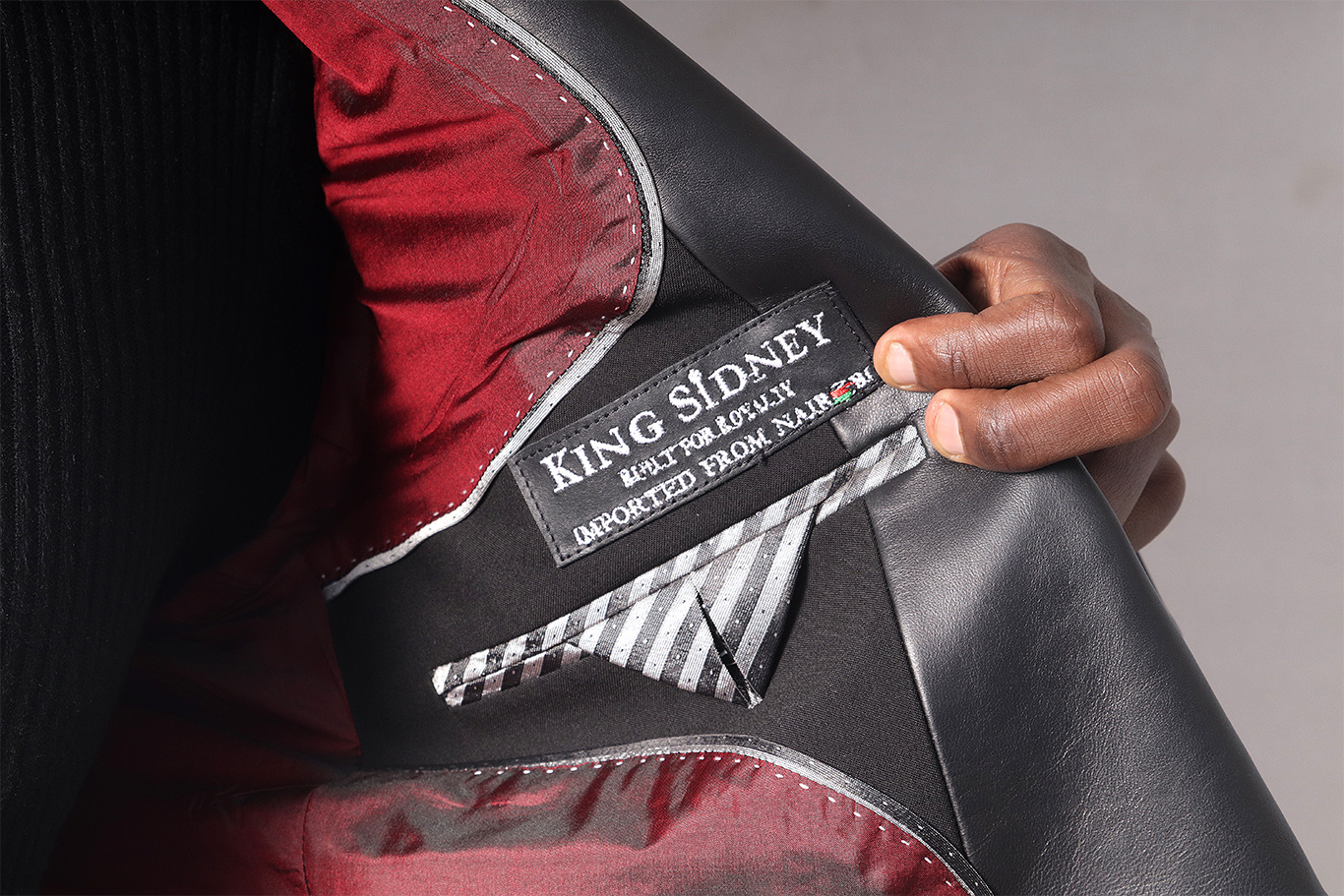
However, because pick stitching is a detail we love down here at King Sidney, we use it even in the low-range designer tuxedo suits.

Gauntlet cuffs.

We copied these/were inspired by Tom Ford. For all the fashionistas reading this, we’re not trying to insult your intelligence. But kindly allow a little bit of context for those who might not be too familiar with him. Tom Ford is the American designer in charge of making James Bond tuxedos in the Bond movies. And he loves to employ gauntlet cuffs in most of his tuxedos.
He’s not the designer who came up with it. Gauntlet cuffs have been around since the time Roger Moore played James bond. He was, however, the designer who popularized it by putting it on movie actor celebrities on the red carpet.
However, because pick stitching is a detail we love down here at King Sidney, we use it even in the low-range designer tuxedo suits.
Surgeon cuffs.
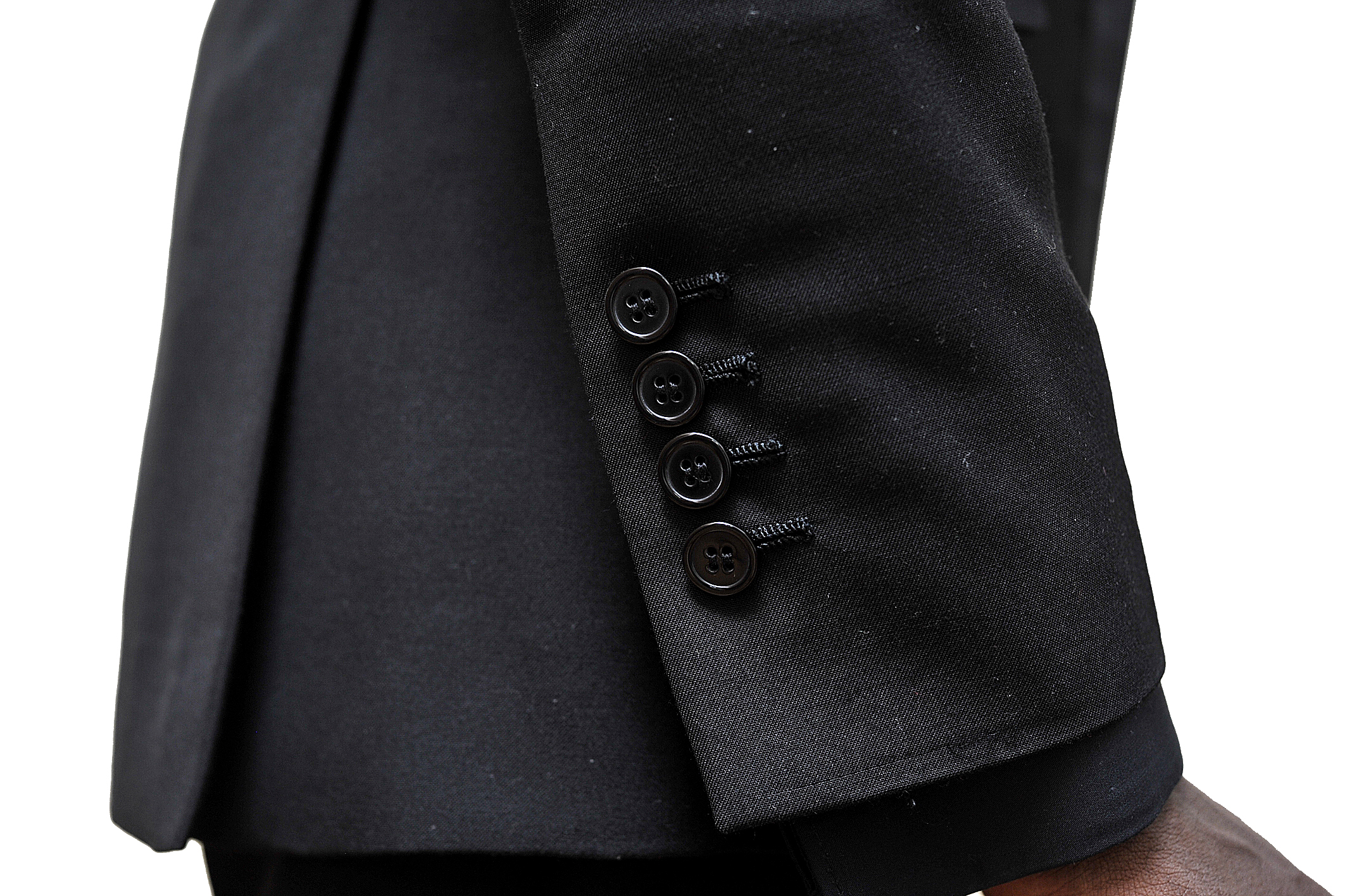
Here’s the back story of why they call them surgeon cuffs. Traditionally, tailors in the UK would make jackets for achievers of all walks of life. These jackets would have cuffs that would not open. However, they encountered an issue when it came to surgeons. Those guys often needed to fold the sleeves up before rushing into a procedure. And that was difficult to do with the traditional jacket sleeves. So what did the tailors do? They incorporated working cuffs into the jacket sleeves as artistically as they could.
Long story short. King Sidney mid-range and top-of-the-line tuxedos all tend to have surgeon cuffs IN ADDITION to the James Bond gauntlet cuffs.
However, because pick stitching is a detail we love down here at King Sidney, we use it even in the low-range designer tuxedo suits.
External fabric mixes.
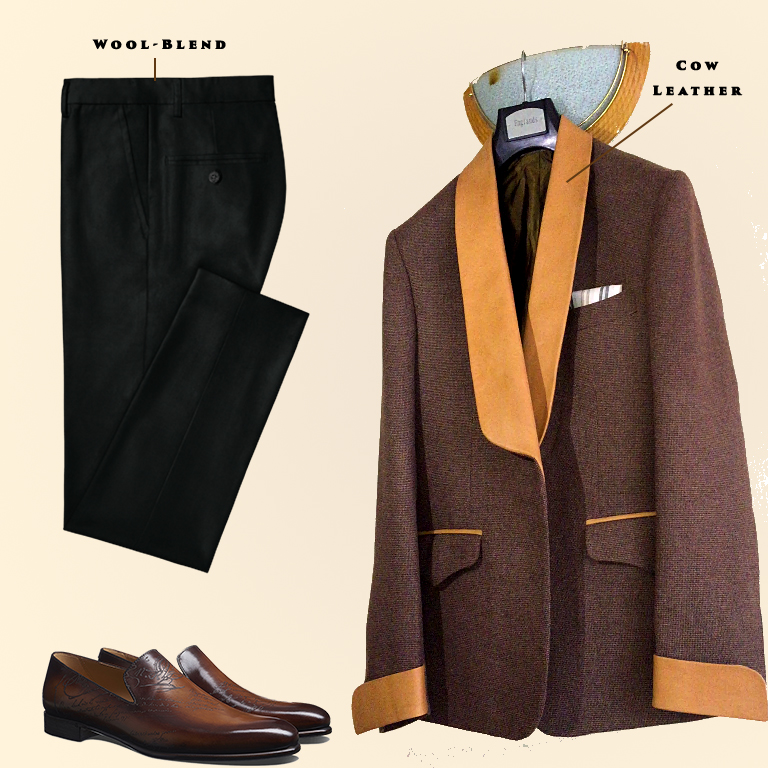
Rap superstar Jay Z has a saying that goes something like this. “What’s better than one black billionaire? Two.”
What he means by that is that when something is exceptional, there is often space for just a little more of it. And that’s the mantra we often use when picking designer tuxedo suits fabric.
Wool is good. Wool with leather trim? Even better.
Cashmere is fantastic. Cashmere with some silk detail? Glorious.
However, because pick stitching is a detail we love down here at King Sidney, we use it even in the low-range designer tuxedo suits.
And there you have it, gentlemen. A short breakdown of the anatomy of a King Sidney designer tuxedo suit in Nairobi Kenya.
For a gallery of more designer tuxedo suits in Nairobi Kenya, click the link.
Cheers and God bless.
